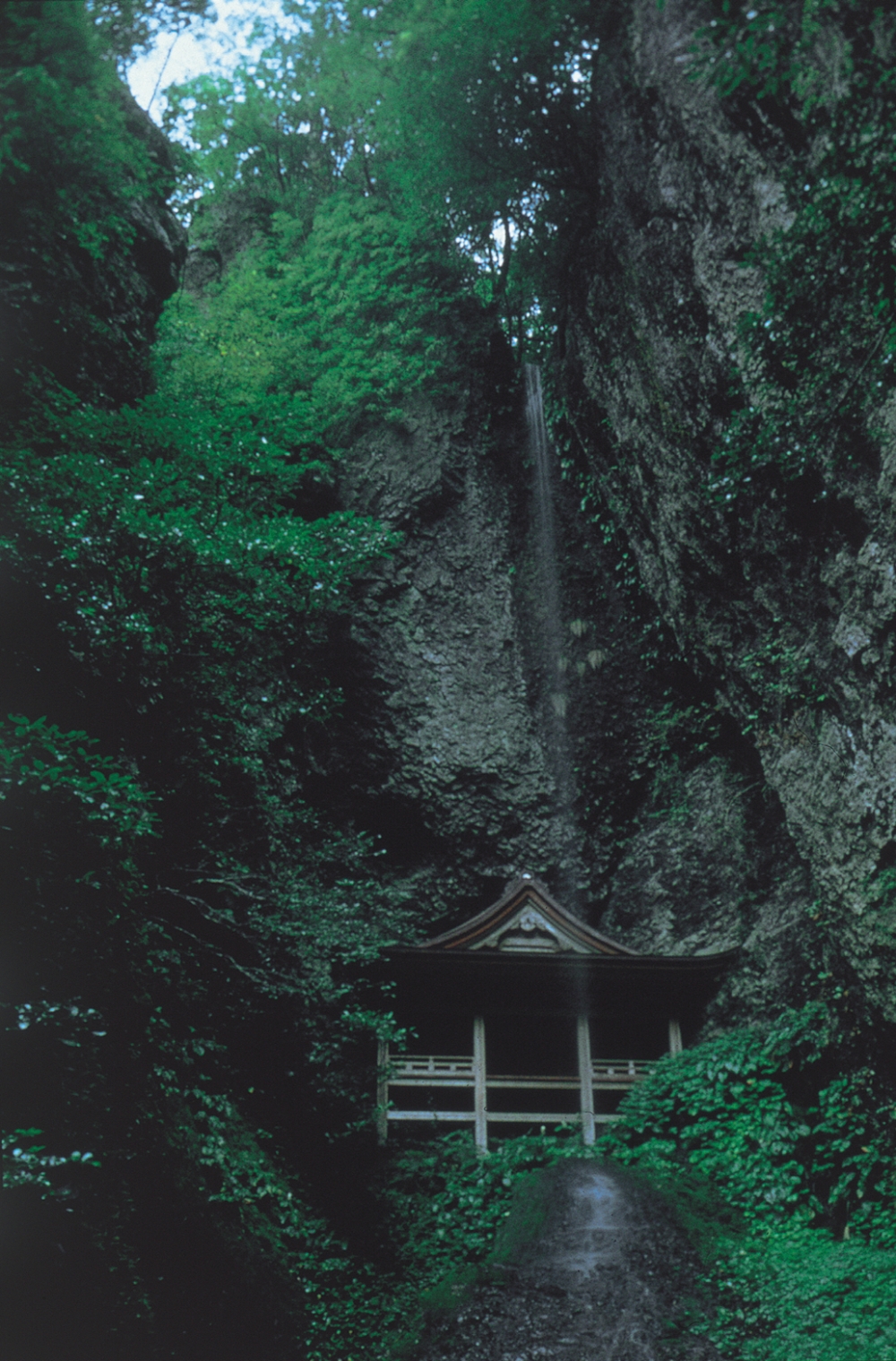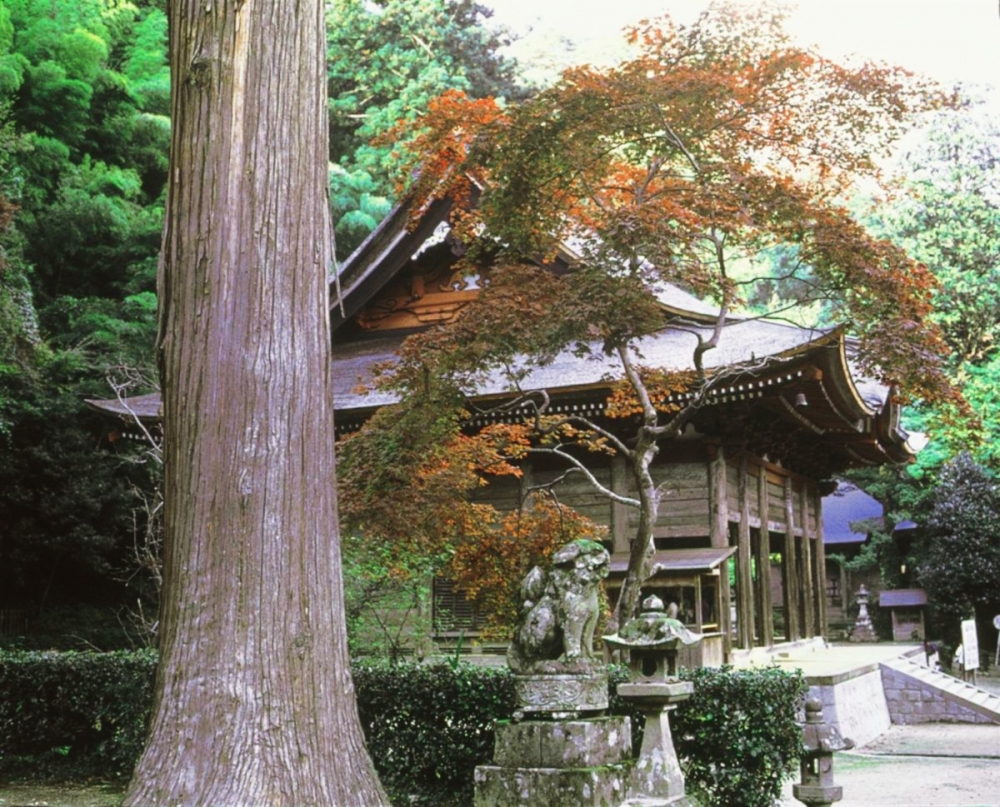WHAT TO SEE
Gakuenji (Temple) 鰐淵寺

This Buddhist temple is an excellent place to enjoy mountain scenery at any time of year, but is particularly famous for its fall foliage.

Gakuen-ji was founded in 594 to express gratitude for a miraculous recovery, making it one of the oldest temples in Japan. Chishun Shonin, a Buddhist monk, had gone to Furo Waterfall to pray for Empress Suiko to recover from an eye disease. When this occurred, she ordered that a temple should be constructed there, and the rest is history. By the 1100s, Gakuenji was known at least as far away as Kyoto. Over the centuries, the temple building has stood in multiple places in the valley, and the complex has grown and shrunk in size. The name “Gakuen-ji” comes from the legend that Chishun Shonin accidentally dropped an item from the altar into the water and it was returned by a crocodile. The Chinese reading of the characters used in “Gakuen-ji” translates roughly to “crocodile pool temple” in honor of this story.

By the Middle Ages, the temple complex was made up of many buildings scattered around the mountainside, and famous warrior monk Benkei (who is sometimes compared to the character of Little John from the Robin Hood stories) was said to have spent time training in ascetism here. It is still possible to hike up to the waterfall he supposedly sat under. The bonshō bell at Gakuen-ji has been designated as a National Important Cultural Property, and was said to have been brought there by Benkei himself.
Next to the main hall is an interesting piece of history in the form of Matara Shrine for Matarajin, a Chinese deity connected with secret rituals of the Tendai sect that Gakuenji is a member of. It used to stand in Izumo Taisha, but in the 17th century, it is believed that there was a “Shinbutsu Bunri,” a separation of Buddhas and Kami, so the shrine was carefully taken apart, carried in pieces over the mountains, and reassembled at Gakuenji.

These days, Gakuen-ji is fairly quiet and devoid of crowds except for the late autumn season, when the maple and gingko trees change to brilliant red and yellow hues respectively. Of course, this mountainous area is beautiful all year round. The parking lot and bus stop is at the bottom of a hill, and visitors have time to enjoy the forest scenery as they walk up the gentle incline beside a little river that runs over and through a variety of rock formations. For those craving extra adventure, there are also hiking trails nearby that can take you through the mountains. Plan ahead with your own beverages and snacks, however, as there are no shops in the area.
INFORMATION
| Address | 148 Bessho-cho, Izumo-shi, Shimane-ken 691-0074 |
|---|---|
| Phone Number | 0853 - 66 - 0250 |
| Open | 8:00 ~ 17:00 |
| Closed | None |
| How to get here | How to get to Gakuenji (Temple) from JR Izumoshi Station *By train (Ichibata Electric Railway) and bus Ride the Ichibata train to Kawato Station. Depending on the route of your specific train car, you may have to get off and change trains at Kawato or you may be able to stay on the same train. Just make sure that you are on a train car headed for Matsue Shinjiko Onsen Station. Get off at Unshu Hirata 雲州平田 Outside Unshu Hirata Station, catch the Wanibuchi-sen (Wanibuchi Line) bus for Karakawa Shako and ride for 20 stops (about 23 min). Get off at the Gakuenji Chushajo (Parking Lot) stop and walk up the temple road for about 15 min to reach the entrance to the temple complex. *By Car ~ 45 min |
・・・・読み込み中です



